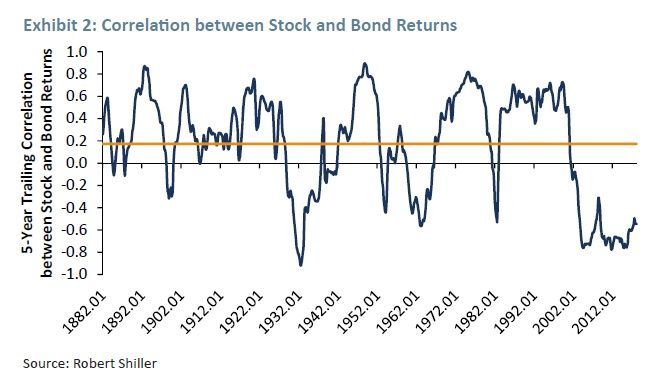
Thought For A Day






There are only three types of traders, they are defined by how well they execute their trading plan (rules applied to strategy).
A trader that performs worst than their trading plan. These traders often have a weak understanding and belief in their trading plan. How they feel is more or as important as making money. They fail to see past the current trade.
A trader that performs the same as their trading plan. These traders have a strong understanding and belief in their trading plan. They get a majority of their satisfaction from making money. They can see past the current trading day.
Those that perform better than their trading plan. These traders have spent time in the previous two groups so they not only understand and believe their trading plan, they have 100’s or thousands of experiences that “prove” it to them. The only satisfaction is following their plan and knowing that the money will follow. They can see past the current trading year. They find areas and times to be aggressive and times to hold back.
The purpose of trading is to at least perform as well as your trading plan. Any trader will tell you that he has spent time in all three and is always susceptible to be in any of the categories. Each category is filled with important lessons, the lesson is often that I do not want to end up back there.
Those that under perform their trading plan are usually not honest with themselves about their level of belief in said trading plan.
“Plan the trade, and trade the plan!” is perhaps the most common advice given to traders. As far as advice goes, it’s well meaning, but unfortunately falls well short of addressing the problem most traders actually face.
Looking at the advice, it has two parts. The first part says you need a plan. No argument there. But the second part, about executing the plan, that’s where the problems appear. Why?
The two parts to the advice ‘plan the trade’ and the ‘trade the plan’ require two very different skill sets. Without understanding the different skills required, it’s highly likely that you will continue to regularly veer from your plan.
Here’s the disconnect. Planning the trade depends on your intellect. And most of the time, the development of the plan does not occur in the heat of battle. It’s relatively easily to let your intellect guide you, to be the primary driver when you’re not in the heat of battle. But in the heat of battle, when we have to decide right now whether to enter or exit, an entirely different situation occurs.
At the time of execution, no longer are we cool, calm, and collected. Now, a whole slew of things enters the picture – and many of these things are subconscious to a degree. Our feelings about our P&L, our feelings about our performance, or concerns about how we appear in the eyes of others, etc.
And no matter how smart you are, how much you believe you are not an ‘emotional person’, modern brain science is telling us emotions, including subconscious emotions, are very much a part of our decision making that leads to actions whether we realize it or not. Viewed this way, you can see why the typical advice to ‘plan the trade and trade the plan’ may be well intentioned, but ineffective.

